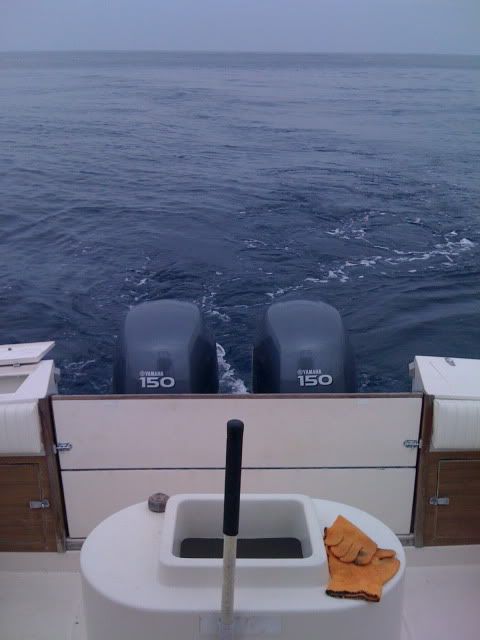- Joined
- Sep 15, 2011
- Messages
- 3
- Reaction score
- 0
- Points
- 0
Relatively new boater/fisher here. I've been operating a small Bayliner (17' w/120 hp Force), and I've been looking at '96 Voyagers 248 w/single O/B. I'm no youngster & can't afford to make a mistake here. Safefty first. Internet searches on the viability of these boats ranges from good to bad, with some advising against the use of the boat offshore. I contacted GW customer service and they boast of the "foam floatation" and "self-bailing" features of their boats; yet, even on this site there is evidence of these boats taking on water and rollover. The guy that got me hooked on this idea is a surveyor with a '96 himself. Maybe I'm over-analyzing this, but is there anybody out there with advice for a weekender like me, who only gets to put-in about once a month (haven't installed a boat lift on my bulkhead, another problem to deal with), and has to watch his pennies. Lastly, I've recently discovered a '96 Islander 268 for not much more than the Voyager 248. The only real problem I see here (for me) is that I completely lack experience on these larger boats, and the Islander has twin O/Bs, which cost a bundle unless you hug the shoreline, drift and settle for fluke. Looking to defer to the wisdom of those who know what they're talking about. Thanks.


